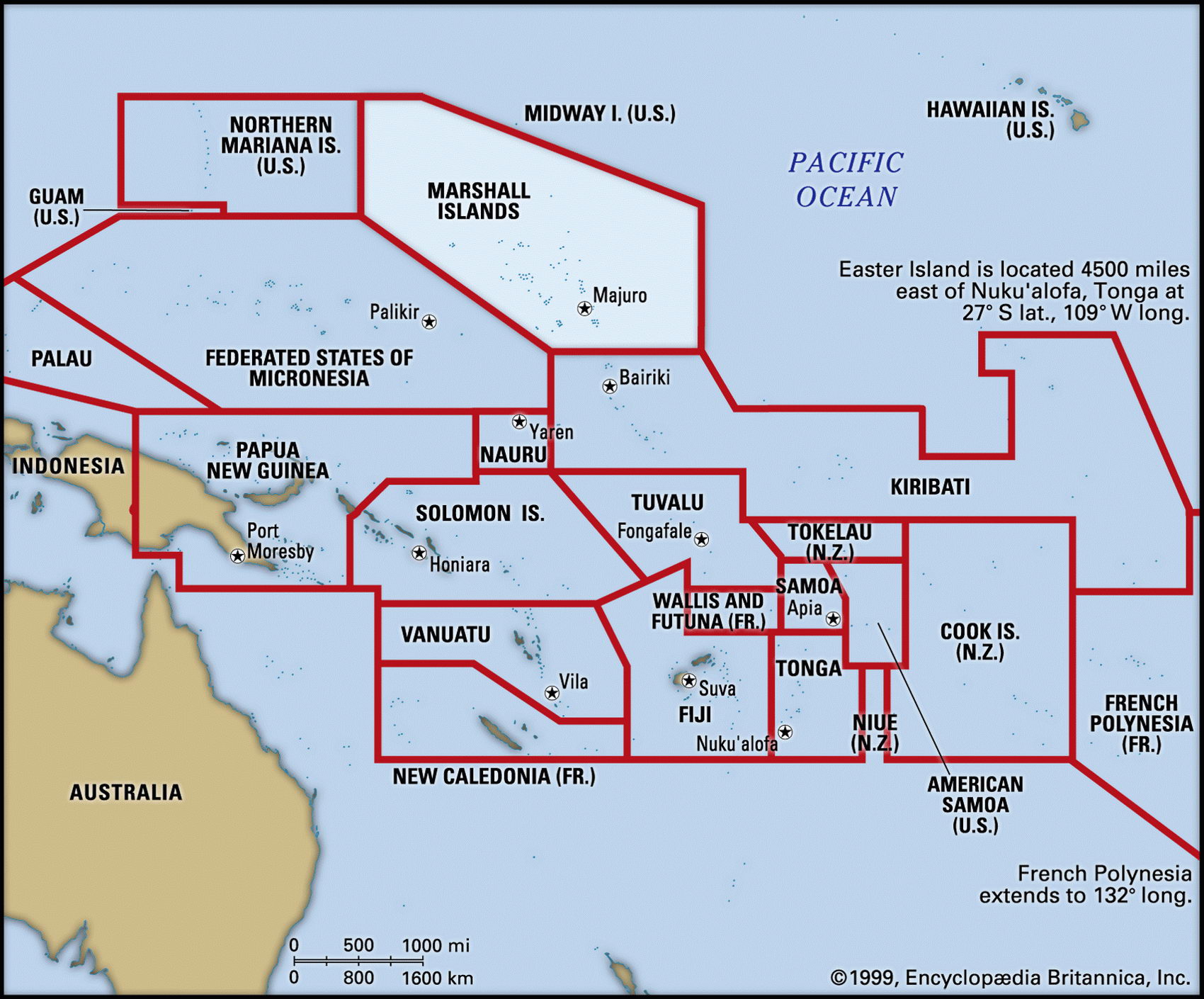Map of Marshall Islands and geographical facts
Where Marshall Islands on the world map. Map of Marshall Islands
Map of Marshall Islands with cities. Where Marshall Islands is on the world map. The main geographical facts about Marshall Islands - population, country area, capital, official language, religions, industry and culture.

Fact File Marshall Islands
Official name Republic of the Marshall Islands
Form of government Republic in free association with the USA; two legislative bodies (Parliament and Council of Chiefs)
Capital Dalap-Uliga-Darrit
Area 181 sq km (70 sq miles)
Time zone GMT + 12 hours
Population 73,600
Projected population 2015 116,500
Population density 406.8 per sq km (1051.4 per sq mile)
Life expectancy 66.2
Infant mortality (per 1,000) 38.7
Official language English
Other languages Marshallese, Japanese
Literacy rate 93.7%
Religions Protestant 90%, Roman Catholic 8%, other 2 %
Ethnic groups Micronesian 97%, other 3%
Currency US dollar
Economy Agriculture, fishing, tourism
GNP per capita US$ 1,600
Climate Tropical, with wet season May to November
Highest point Unnamed location on Likiep 10 m (33 ft) Map reference Pages 138-39
Agroup of 31 coral atolls, five islands, and 1,152 islets, the Republic of the Marshall Islands is situated in the northern Pacific about halfway between Hawaii and Papua New Guinea. Settled around 2000 вс, the islands were visited by Spanish seafarers in 1529, and since 1874 have been successively under Spanish, German, Japanese, and US control. In 1986 they entered into a Compact of Free Association with the US. During the years after the Second World War the Marshalls became known as the location where the USA carried out nucleur bomb tests (on Bikini and Enewetak Atolls between 1946 and 1958). Claims for compensation by those affected or displaced by the tests have been settled in recent years, an award of US$ 40 million to 1,150 Marshall Islanders being made by the Nuclear Claims Tribunal in 1995. Cleanup work to remove residual radiation from Bikini Lagoon continues.
The terrain consists of low coral limestone and sand islands. Two archipelagoes of islands run roughly parallel northeast to southwest, the easternmost chain being a continuation of the Gilbert Islands of western Kiribati. Originating as coral reefs formed upon the rims of submerged volcanoes, each of the main islands encloses a lagoon. Bordering the cyclone belt, and nowhere higher than 10 m (30 ft) above sea level, they are vulnerable to storms and tidal waves. In June 1994 a tidal wave swept over the capital on Majuro Atoll.
On the outlying atolls a typical Pacific island subsistence economy survives, centered on agriculture and fishing. Small farms produce commercial crops such as coconuts, tomatoes, melons, and breadfruit, and a handful of cattle ranches supplies the domestic meat market. Industry consists of handicrafts, fish processing, and copra production, and the main exports are tuna, copra, and coconut oil products. About ten percent of the population is employed in the tourist industry (visitors come from Japan and the USA), now the main source of foreign exchange. Imports are eleven times export rates, all fuel must be imported, and the country as a whole is heavily dependent on aid from the US plus income from the US leasing of Kwajalein Atoll for missile testing. With US grants scaled back since 2001, every economic activity helping the country is being explored.